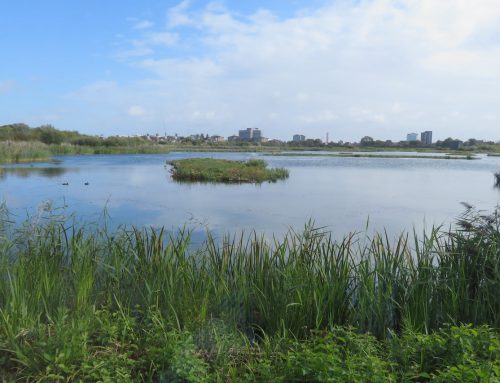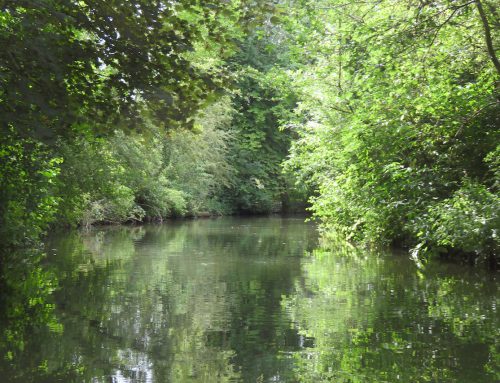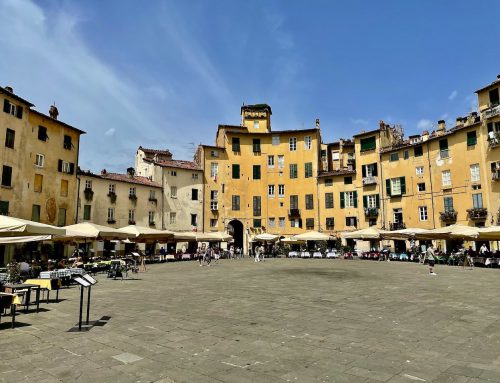Mind the dinosaurs
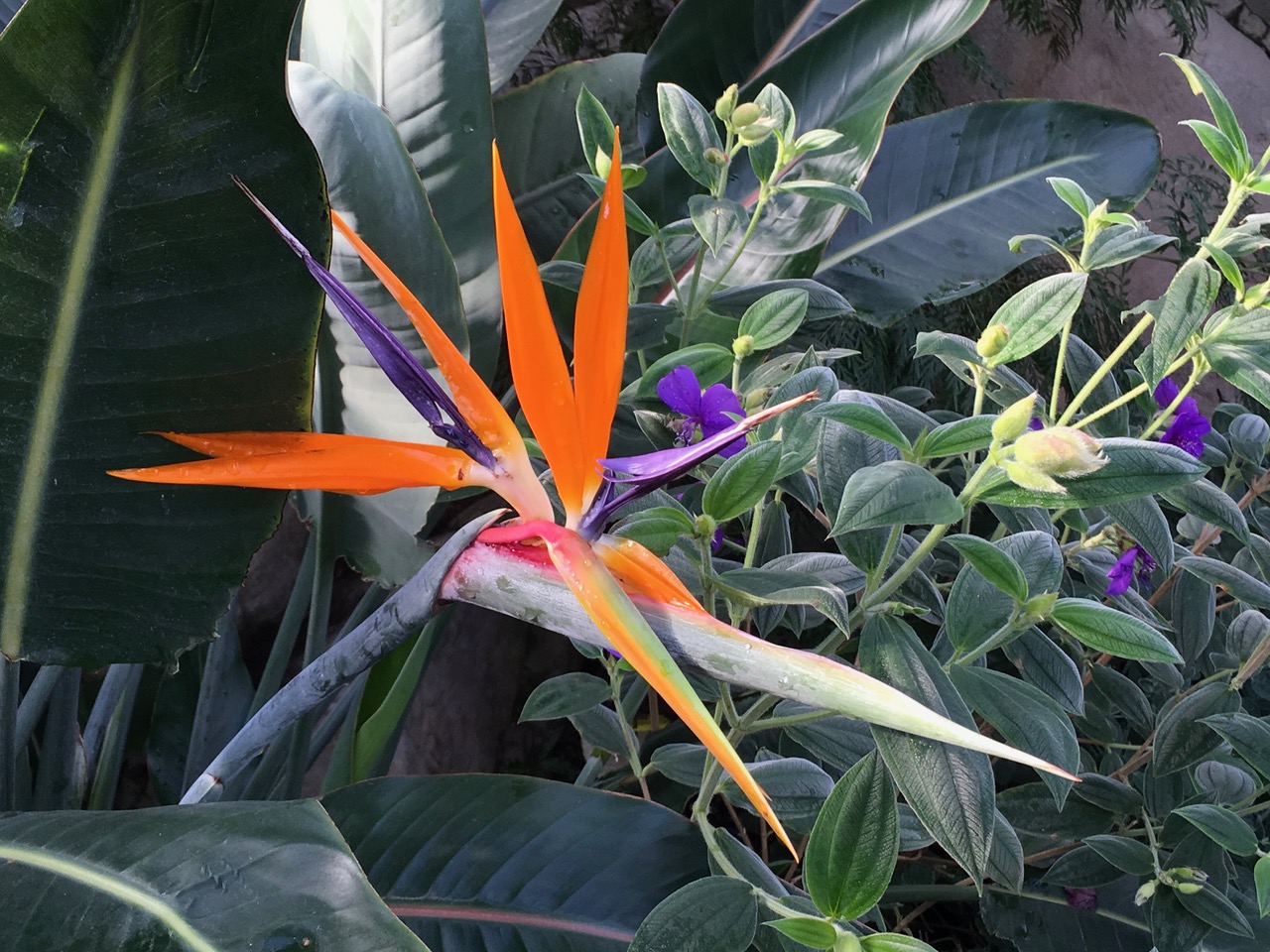
Bird of Paradise

Bird of Paradise
Wisley Gardens, United Kingdom
“Dinosaurs!” the two young girls exclaimed, in almost unison. “Where? Come on Daddy, let’s go and see.”
With a young daughter dragging on each arm, their father smiled, reluctantly pretended to be pulled towards the river’s edge, and muttered as he passed, “Thanks, mate. I suppose it’s up to me to explain?”
I smiled, then nodded in reply, as the episode was entirely my doing. I was in Surrey’s Wisley Gardens, the flagship of Britain’s Royal Horticultural Society, and was spending a day wandering its 97 hectares of greenery, fruits, cacti and anything that carries a leaf. I was tired - six hours of garden wandering does that - and had stood aside on the narrow riverside footpath to allow a family past. They looked happy, which made me feel even happier, so to whisper in a jokey voice, “Keep an eye out for the dinosaurs,” to the two children as they skipped by had seemed natural. Far from being concerned, the little girls were excited. There was a dinosaur, they were going to find it, and they were over the moon about seeing one.
For that is Wisley. It has something for everyone, young, elderly, disabled, or superfit. I am unsure how they do it, but the gardens allow privacy even if the world has descended on them. And it does, with more than a million visitors each year highlighting how Britain is a nation of gardeners. At least we think we are gardeners - I cannot join that club - as apparently half of us do not know when to plant a daffodil bulb, a quarter cannot explain how pumpkins grow and a fifth does no gardening at all.
But Wisley also shows how gardening and grub go together. In fact, many visitors go for the food and bypass the plants completely. There are plenty of wobbly tummies wandering the Wisley paths. Take 30 stalls, the gardens do that, place them around the edges of a small rectangle of green land with a pile of vegetables decorating the centre, and let the public loose. Pushchairs wander this way, wheelchairs wander that, while those with working legs wend their way between them. The competition is to be first at the head of the queue for your chosen stall, irrespective of how you get there. And the stall to beat the rest, I suppose unsurprisingly, was the one that was selling gin. To a green-fingered Brit, swallowing alcohol at 9.30 in the morning is apparently no problem. The gin stall and biltong stall were standing room only from the moment the gardens opened, while few had a taste for liquorice, which was housed in a stall to one side and looked terribly lonely.
And apples? Plenty. Apple juice, apple extract, apple nectar, apple essence and apple liquid. Wisley has more than 700 different species of the fruit on display - Red Delicious, Granny Smith, Lord Burghley and many others. There is even one called Court Pendu that tastes more like pineapple. Wisley is serious about apples.
For the visitor who cannot reach the head of the queue for one of the 30 stalls, there are always the garden’s eateries. There are cafés, restaurants and snack bars, each crammed to the gunwales with would-be gardeners. I sat down at one, they called it the Stone Pine Café, perhaps because a stone pine’s nuts are edible, and asked if there was lemon drizzle cake on the menu. A young waitress smiled broadly and replied, “Of course. But you will have to wait 20 minutes.”
“Twenty minutes!” I exclaimed.
“There’s a bit of a delay.”
Suddenly lemon drizzle cake, my acknowledged favourite, seemed less attractive and I was on my feet headed for The Glasshouse and wished the harassed waitress well.
The Glasshouse, why do they call it that? Does Wisley not realise that, to an ex-soldier, a glasshouse is the same as a prison? Clearly not, as once inside, not prison but Wisley, The Glasshouse is something exceptional. Forty feet high, an area the same as ten tennis courts, the world’s plants have come to find shelter. There are creepers and cacti, climbers and lilies and at one point I saw a banana. There was serious colour, too. Try the Bird of Paradise, which looks exactly that. Native to South Africa it is meant to represent joy and, to be fair, probably does, even if my camera’s lens had misted in the indoor humidity, making photography impractical. Or, something called Blue Rain, mainly red and purple, and meant to be idiot-proof for growing. The gardeners do that. A flower is one colour, so they call it something different - Anna’s Red at Wisley was more than a darker shade of green - and when something is idiot-proof, they had not allowed for me.
You see, my real come-uppance at Wisley was when I spotted the crab apples in their orchard, hanging from line upon line of perfect tree. Something had taken a chunk from the fruits’ centre, some beastie that clearly liked apples.
“That’s no crab apple,” I was immediately told when I pointed out the problem. I had been sympathising that it must be difficult to control pests at Wisley and they were bound to lose a portion of all they planted. I had stepped into a gaping diplomatic hole and was manifestly showing my ignorance. “Those are medlars,” came the instruction.
“Medlars?”
“Mespilus germanica.”
Show-off I thought but nodded wisely instead. There is plenty of showing off in gardening. Start by using a plant’s Latin name and fellow visitors around you will instantly feel defeated. But I have to take it seriously, as the medlar, which is native to Persia and South-East Europe, countries like Turkey and Bulgaria, may well be my future. Granted, a medlar can only be eaten rotten, granted it is trying to make a comeback, having once been the choice of gentry, but it is good for tummies, bladders and arteries, and is especially good for brains. Dementia, you see, is increasing as the ageing process takes hold.
Dementia? Medlars? Me? Now there’s a possibility.
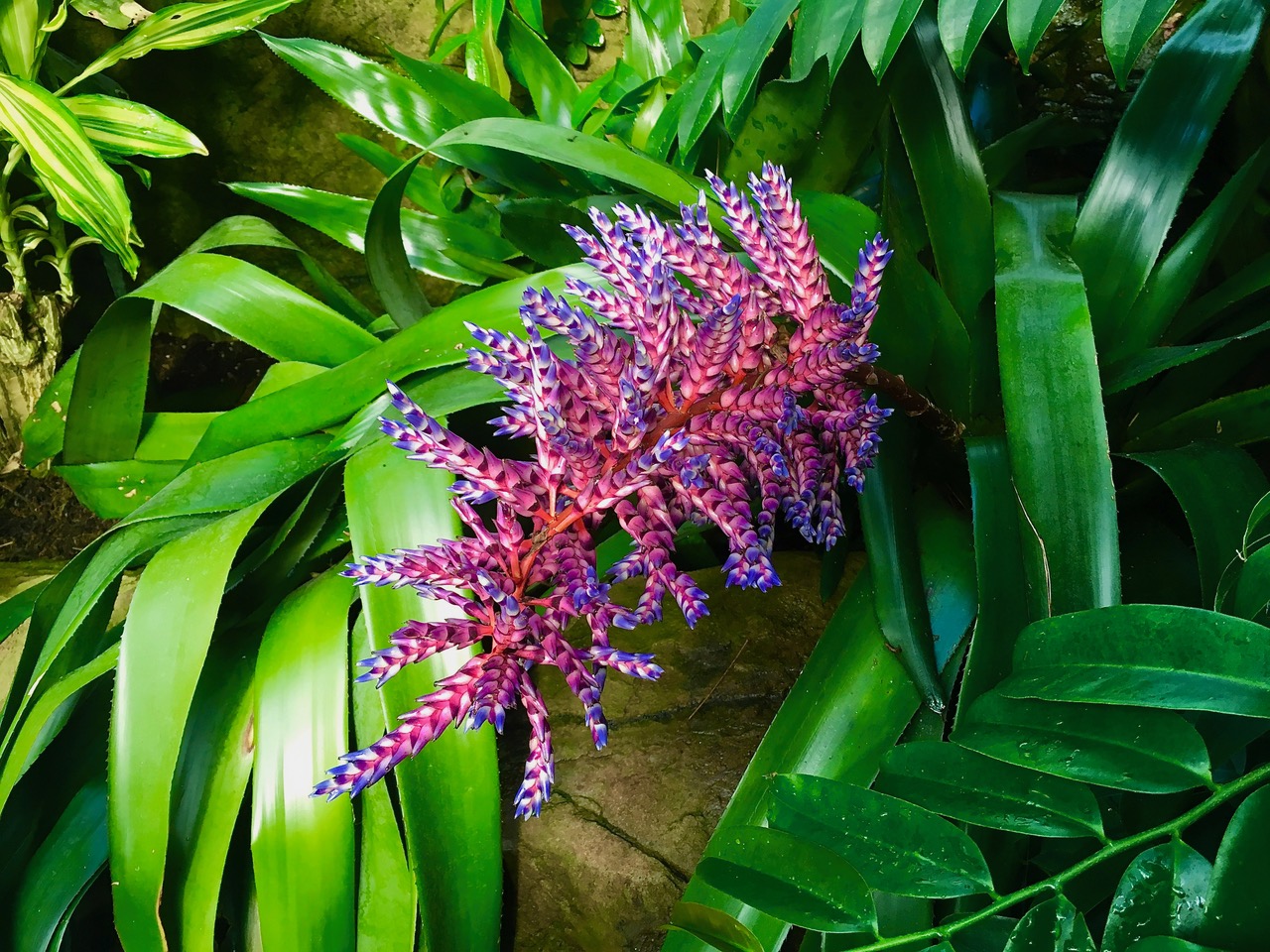
Blue Rain - I suppose there is blue there somewhere
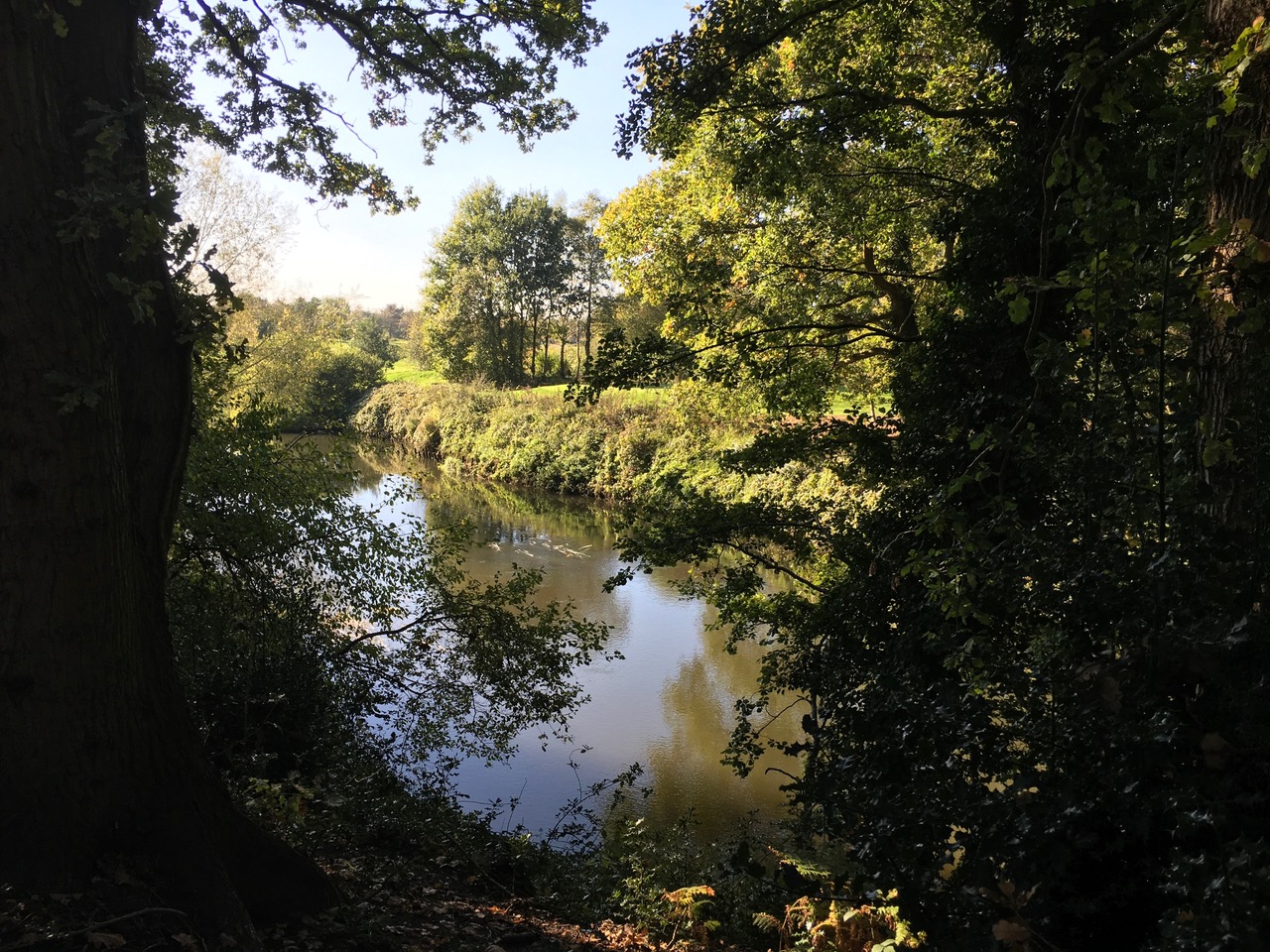
Down by the riverside - Wisley is a great place to relax
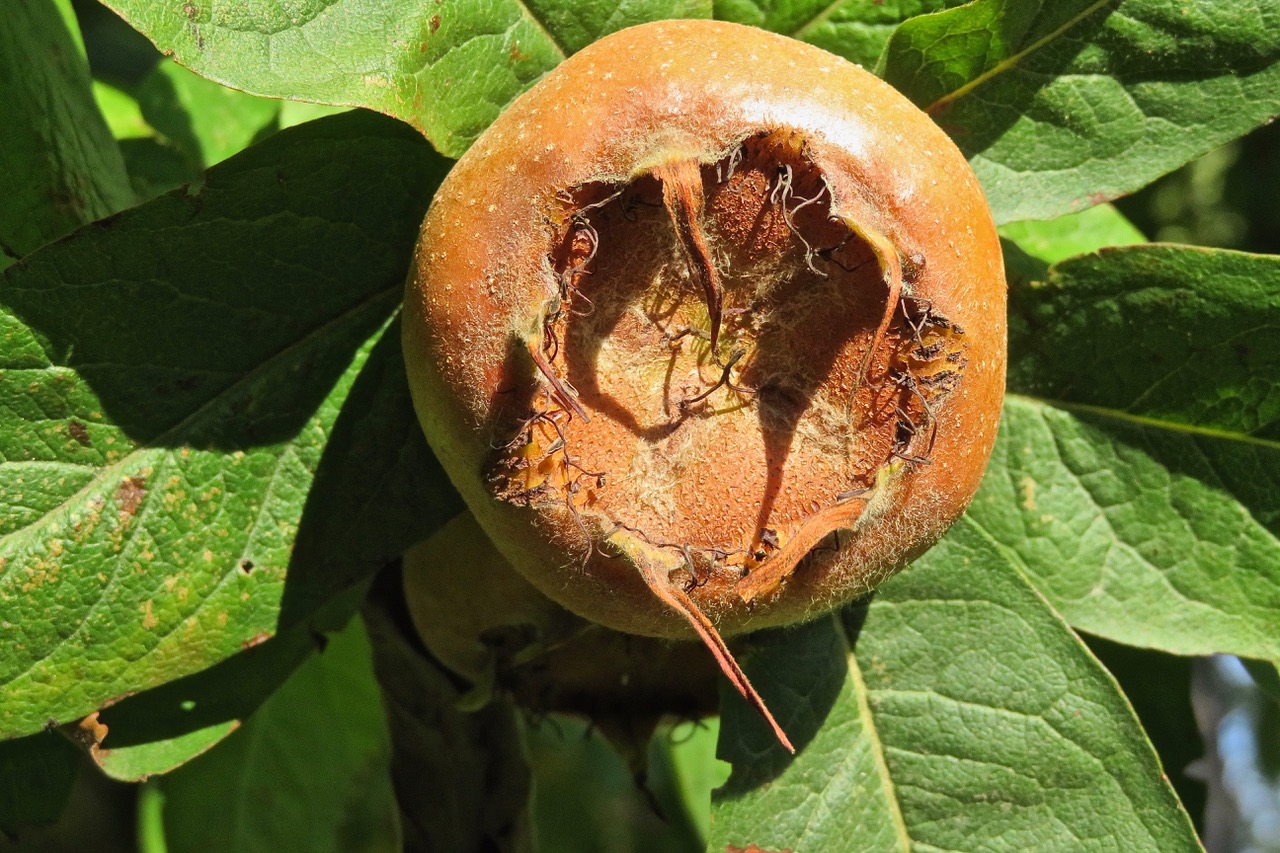
Medlar - brilliant for dementia



